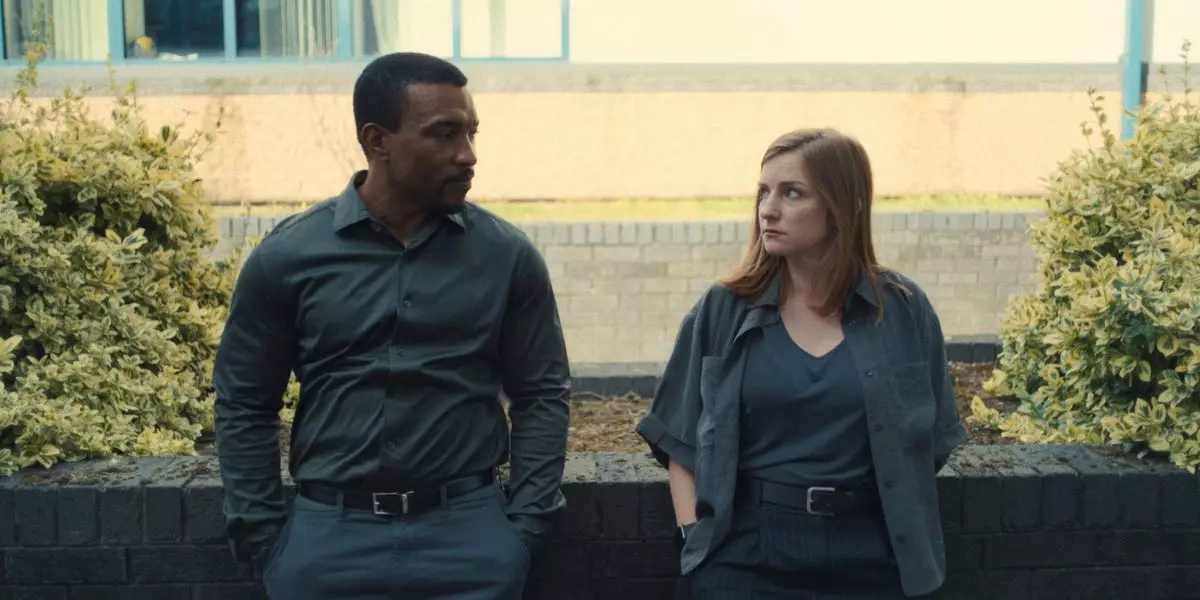The Netflix mini-series “Adolescence” has stormed the screens, particularly noted for its compelling second episode that culminated in a heart-stopping revelation. The show’s brilliance lies not only in its writing but also in its innovative visual storytelling. One scene, in particular, stands out where Eddie (played by co-creator Stephen Graham) is depicted in an aerial shot, memorializing a pivotal character, Katie. This moment carries significant weight, largely due to the creative risks taken in its execution.
A Creative Gamble Pays Off
Delving into the mechanics behind this gripping moment reveals a fascinating interplay between artistic vision and executive influence. The original intent was to capture the scene in a traditional street-level tracking shot. However, under the guidance of director Philip Barantini and Director of Photography Matt Lewis, they chose to heed a Netflix executive’s suggestion to incorporate the drone overhead shot. This decision highlighted a notable facet of television production: the delicate balance between adherence to creative direction and collaboration with network executives.
This pivot in perspective carried the potential of transforming the entire episode. According to Lewis, the result could either soar triumphantly or result in a crushing failure. Such high stakes underline the tension often found within creative endeavors. The moment when Eddie lays flowers, shrouded in the aerial shot, lends a haunting beauty to the narrative; it accentuates the theme of loss, making it visceral and immediate for the audience.
The Challenges of Filming
However, this artistic vision came with formidable logistical challenges. Filming in the windy conditions of Pontefract mandated a fine-tuned execution. Matt Lewis described the hurdles encountered with the drone, particularly its descent, creating a metaphorical parallel to the scene’s emotional gravity—akin to a leaf falling delicately to the ground.
The anecdote shared about how Lewis nearly panicked yet ultimately pushed for “just one more shot” showcases the fervor that underpins successful storytelling. Moments of vulnerability like these often yield powerful results. The genuine emotion felt when Lewis recognized that they had captured the episode speaks to the intrinsic connection artists have with their craft.
Exploring Alternative Narratives
The creative team did not shy away from exploring alternatives that could have significantly altered the episode’s ending. One idea proposed was to keep the camera at street level and allow for a fade-out over the city—potentially diminishing the dramatic impact. This variety of potential endings illuminates a critical point in filmmaking: exploration breeds discovery. Often, it is through experimentation that the most riveting results emerge.
The contemplation of where Eddie should be at the scene—whether at the murder site or the school—brought forth a powerful dialogue about character positioning and the emotional resonance it creates. Each option reflects different narrative intentions, showcasing how directional choices can manipulate audience engagement.
Ultimately, “Adolescence” stands not only as an engaging series but also as a case study in the seamless marriage of creative artistry and strategic execution. The risks taken, the challenges faced, and the ultimate payoff epitomize the sophisticated dance of filmmaking—one that captivates viewers while paying homage to the essence of storytelling.

